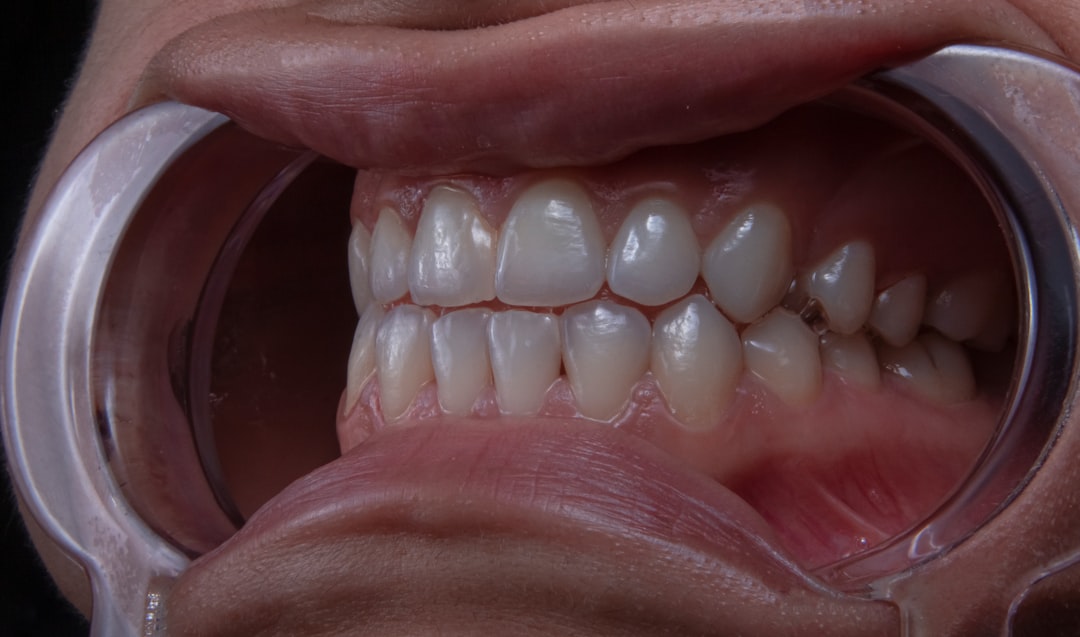What is it about?
This article considers critical responses to disability in 20th-century Anglo-American advertisements from which a problematic advertising aesthetic emerges. The aesthetic is used to test the progressiveness of a recent trilogy of Dove advertisements that represents visual impairment. The conclusion is that while there has been much progress, the ableist advertising aesthetic of decades ago remains an issue in the 21st century. More specifically, the Dove advertisements are found to be underpinned by ocularcentrism, despite their apparent appreciation of visual impairment.
Featured Image
Read the Original
This page is a summary of: An advertising aesthetic: Real beauty and visual impairment, British Journal of Visual Impairment, January 2014, SAGE Publications,
DOI: 10.1177/0264619613512619.
You can read the full text:
Resources
Contributors
The following have contributed to this page










